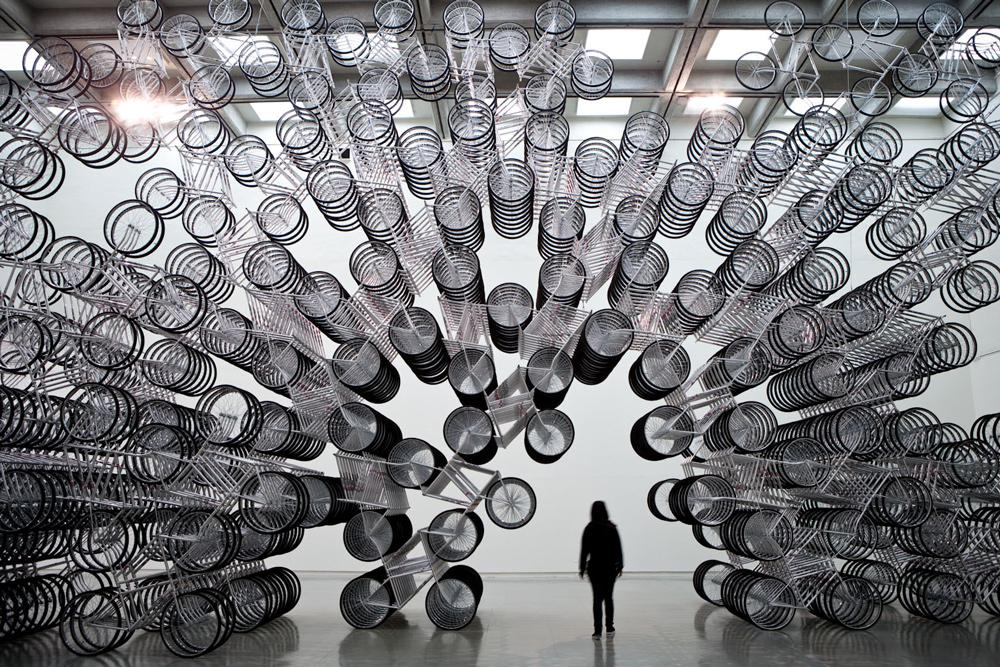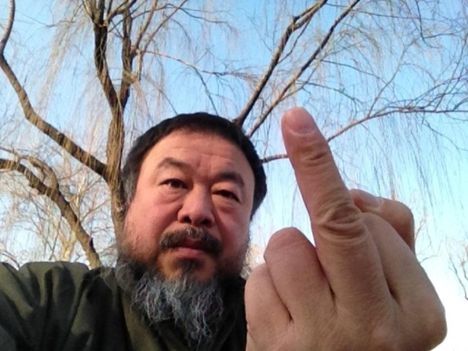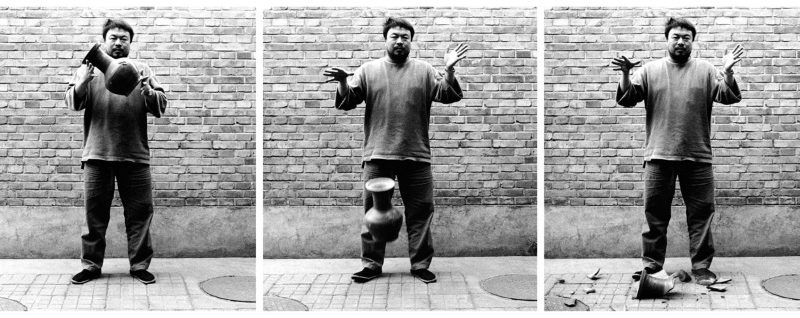 The internationally renowned Chinese artist Ai Weiwei has received an equal amount of attention for his political activism as his artwork. He is known for his firm and often highly critical stance on the Chinese Government’s lack of democracy and protection of human rights.
The internationally renowned Chinese artist Ai Weiwei has received an equal amount of attention for his political activism as his artwork. He is known for his firm and often highly critical stance on the Chinese Government’s lack of democracy and protection of human rights.
Ai Weiwei works in multiple mediums creating pieces in photography, film, and occasionally as a consultant for large projects such as the Beijing National Stadium.
In 2011, Ai Weiwei was arrested in Beijing and held for over two months without any official charges resulting in an outpour of support from the international art community.
At 20 years old, Ai Weiwei enrolled in the Beijing Film Academy, and exhibited with the avant-garde group “Stars”. After spending time in school, Weiwei ventured to New York to focusing on the lives of the growing population in the East Village, and the derelict abandoned buildings of the neighborhood. He started shifting his focus from the inward subjects of himself and friends outwards toward the social suffering of the area.
During the late 80’s the social and political tension in New York heightened with protests and police conflicts. Weiwei captured protests on Tompkins Square Park, AIDS protests and Bill Clinton campaigning in New York. His photography was developing into a complex critique on use of power and the establishment of protection afforded by police.

Upon the return of Ai Weiwei to Beijing in the early 90’s, he began establishing galleries, artist collectives and projects to raise awareness of contemporary and experimental Chinese art. In 2000, he curated and participated in the controversial art exhibition titled Fuck Off, which showcased the controversial art of his contemporaries.
Never shying away from controversy and rebellion, Weiwei created a set of photos in which he gives the finger to the White House, the Forbidden City and the viewer. Blatantly stating his disregard to the “established” power and the opinion of the viewer, Ai continues his rebellious commentary of political censorship and what is deemed “power”.
Ai Weiwei continued his outspoken lashing of the Chinese government in the wake of the 2008 Sichuan earthquake. Disappointed and outraged by the poor construction of schools by the government, Weiwei constructed a profound exhibit titled, Remembering. Held in Germany due to the anticipated backlash in China, Remembering spelt out the sentence, “She lived happily for seven years in this world” with 9,000 children’s backpacks.
The state regulated media and propaganda averted reporting on the children’s deaths and lack of proper architectural construction. When Weiwei tried to testify regarding the lack of proper construction, police beat him and caused a severe cerebral hemorrhage.

After being placed on house arrest during 2010, Ai was arrested in April of 2011 for supposed tax evasion. An outpour of support from the international art community descended upon the media and Chinese embassies. The Guggenheim Foundation organized petitions requesting the release of Ai while Creative Time in New York rallied communities to participate in the peaceful protest of “1001 Chairs for Ai Weiwei.”
After disappearing into the Chinese government for three months, Ai was released, without being charged, and appeared to have a quieter voice. In the last week Ai broke his silence and commented, “how in Beijing you are just a number… only your family is crying out that you’re missing.”
A strong willed and voiced dissent of a controlling and abusive government will not stay quiet long, and for that we will see much more from Ai Weiwei.

Further Reading:
“It’s Not Beautiful,” profile in The New Yorker
Ai Weiwei’s “Study of Perspective”
